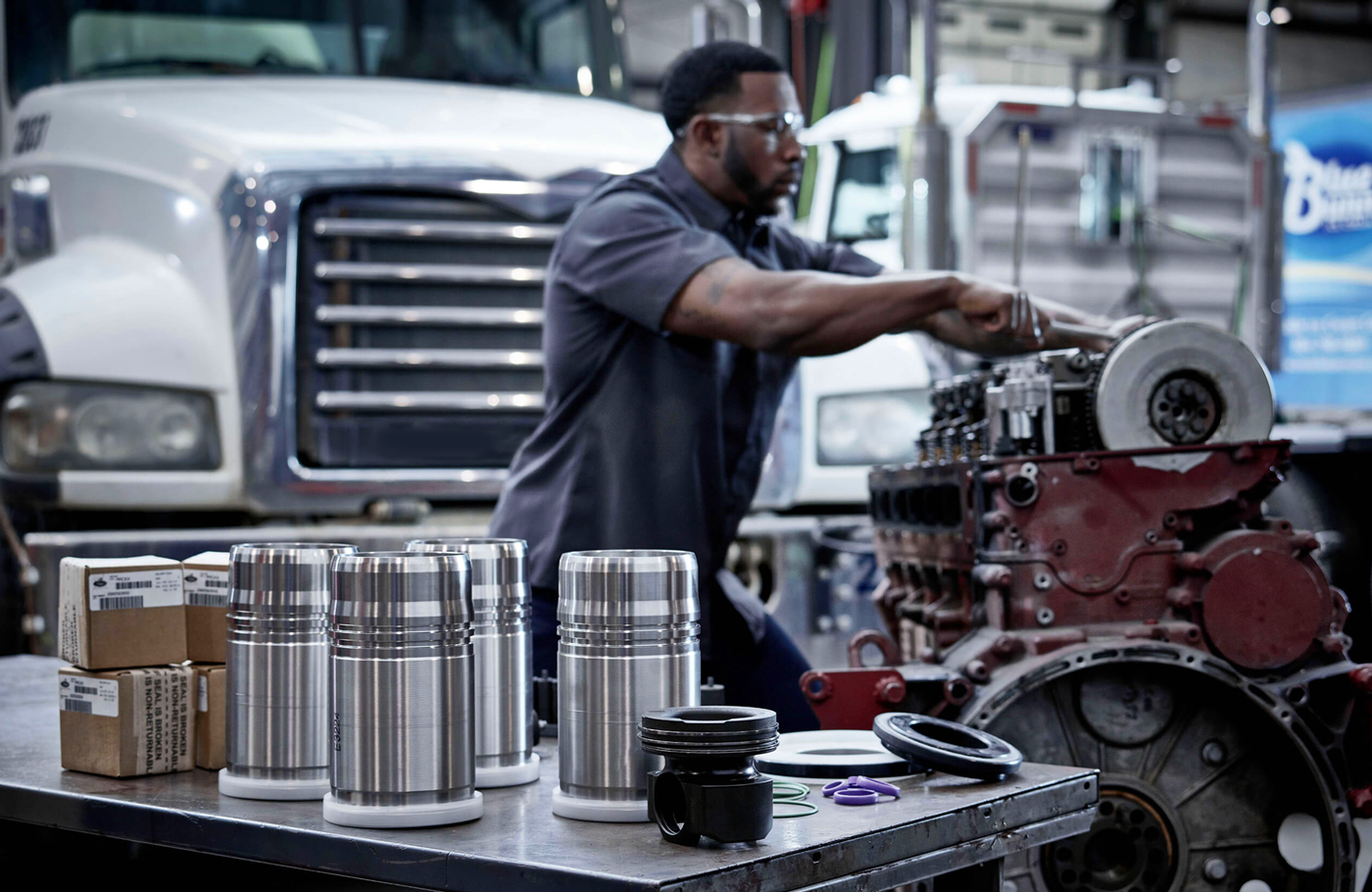Swings and roundabouts: The maintenance pendulum
Swings and roundabouts: The maintenance pendulum
Vehicle maintenance (VM) contracts are becoming increasingly popular within the transport industry. In the first of a three-part series, JIM WARD explains how dealers calculate and establish their vehicle maintenance rates. He also describes the lifecycle of a contract.
Full and part maintenance/service contracts (FMCs, or MCs) have become an important part of commercial transport. Offering predictable maintenance costs – fixed per month, kilometre, or even engine hour – they enable operators to forecast exactly what maintenance costs will be. They are a legal and binding partnership, creating obligations on both parties: the owner and the dealers (as well as FMC administrators and original equipment manufacturers [OEMs]).
Quantifying future maintenance expenditure for periods like three to five years or distances up to 800,000km is invaluable. Specific terms will vary by truck make and activity, but this allows an owner to project and flatline VM costs over a contract term, confident that there should be no unpleasant financial surprises. This is a powerful budgeting tool, provided that key operating parameters are accurately identified and calculated. Predicting future costs lies at the very heart of budgeting. It improves operating cost accuracy and simplifies any costing process; you cannot manage costs you don’t know.
But FMCs are a dynamic product, more complex than they may appear on the surface. A maintenance contract is like a pendulum, swinging steadily from one end of a vehicle’s operating life to the other as the asset ages. In most FMCs, the behaviour of the vehicle itself can be broadly divided into three distinct stages:
- The “honeymoon period”, when the new truck only requires routine low-cost maintenance.
- The mid-life stage, when wear patterns are established and some components will need replacement.
- The high mileage, end-of-contract period, when more costly components may require replacement, and the risk of unit failure escalates.
In an ideal world, funds unspent during the first and second stages can be utilised in the third stage to cover high maintenance costs, such that the entire FMC neither generates nor loses money. This balance seldom happens, however. If the maintenance costs exceed the rate at which funds are generated in the contract (we call this the “burn rate”), then the dealer loses money and the FMC can become unsustainable, even though the owner may feel they have benefited. Inversely, if the burn rate consistently equals or falls below actual VM spend, then the dealers break even or can accrue unspent funds, and they then benefit.

Dealers can also derive FMC benefits when well trained technicians consistently complete maintenance tasks in shorter time periods than the OEM allowance. The dealer is paid a set rate for specified work, like a service. In well run workshops, a highly trained mechanic working uninterrupted with all his needed equipment and a service kit to hand might achieve three standard truck services in a day.
Such workshops may be operating more efficiently than the OEM envisaged, meaning each service completed gets paid by the FMC at greater hours than the actual time taken. The dealer benefits financially, and the owner enjoys reduced service downtime. However, mechanics that consistently work at this level of intensity don’t come cheap, and they need a full support structure behind them.
Occasionally, one gets this exactly right and the income generated balances against the actual cost of maintenance, but this rare occurrence often hinges on the depth of relationship and trust between the two parties. The burn rate is influenced by many variables, mostly falling outside of the dealer’s control.
Where there are thousands of vehicles on FMCs, trucks consistently exceeding the average spend for an operation type will be flagged and investigated. This circumstance often arises when an owner decides to utilise a truck for a vastly different purpose than that for which it was specified (and for which the original rate was set). The main agreement makes allowances for this, but the MC administrators must be informed if there is a material change, either in kilometres or the operation. In extreme cases they will need to review the rate offered.
Generally, contract administrators run the contract, but an independent financial institution must manage the finances, as there are accounting complexities surrounding accruals and how these funds are treated. Owners might become angry when an item is excluded from maintenance, but this is seldom solely the dealer’s decision. Dealers request an order number from the contract administrators, who assess the vehicle’s history and decide whether to approve the new part. If a vehicle is going through an abnormal number of clutches, for example, this will be flagged as a problem and the order rejected.
Establishing vehicle maintenance costs is now a sophisticated and nuanced process, drawing detailed technical data from worldwide dealer networks to produce a rate. This can be flexed regionally to accommodate specific local maintenance issues like loads, steep inclines, extreme dust, climate extremes, and fuel grade. That 83.7c/km offered in year one is not a thumb suck number. Dealers no longer work in isolation – information is drawn from thousands of trucks driving in different environments, captured centrally, and analysed.
A weighted rate offered in South Africa might include technical information from trucks running in markets like Australia, Saudi Arabia, Indonesia, North Africa, and Brazil, where climate, loads, distance, and roads affect vehicle life. Such information is used to predict when components will fail (lifecycle costing), and it is in this area where global truck manufacturers can draw from a vast number of vehicles to derive accurate technical information. In future, I predict that artificial intelligence will play an ever-increasing role in this process.
- Part two of this article will describe the role that the owners must play, and what they can do to maximise benefits and hold dealers accountable.
Published by
Jim Ward
focusmagsa




